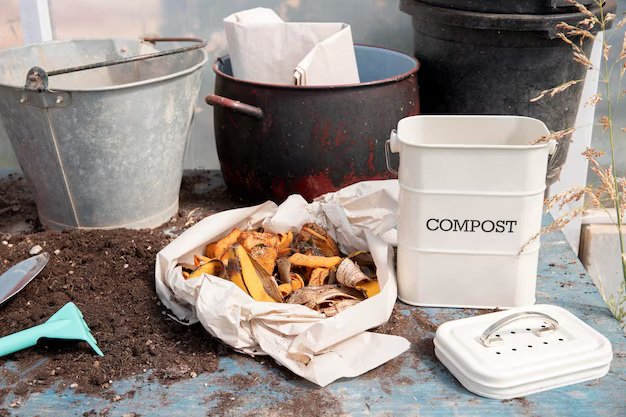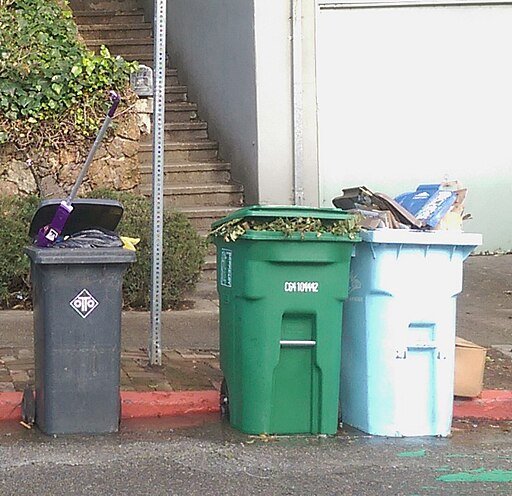Best Organic Fertilizers for Vegetables: A Comprehensive Guide
Growing your own vegetables isn’t just about saving money or having easy access to fresh produce. It’s a deeply rewarding experience that connects you to the earth, encourages healthier eating, and contributes to a sustainable lifestyle. There’s something profoundly satisfying about harvesting a crisp cucumber or a ripe tomato that you nurtured from seed. But, as every gardener knows, success in the garden starts below the surface—with the nutrients your plants need to thrive.
The soil is the lifeblood of your garden, and organic fertilisers are its nourishment. Unlike synthetic options, organic fertilisers work with nature, enriching the soil and feeding the beneficial microbes that help your plants grow. This guide isn’t just about fertilisers; it’s about understanding how to support your garden naturally and sustainably. We’ll explore practical tips, expert advice, and even share some real-world gardening stories—all to help you grow vibrant, nutrient-packed vegetables.
Whether you’re a seasoned gardener or just starting out, you’ll find actionable steps and insights here to make your garden flourish. I’ll walk through the things you need to know about organic fertilisers and how they can transform your vegetable garden into a lush, productive oasis.
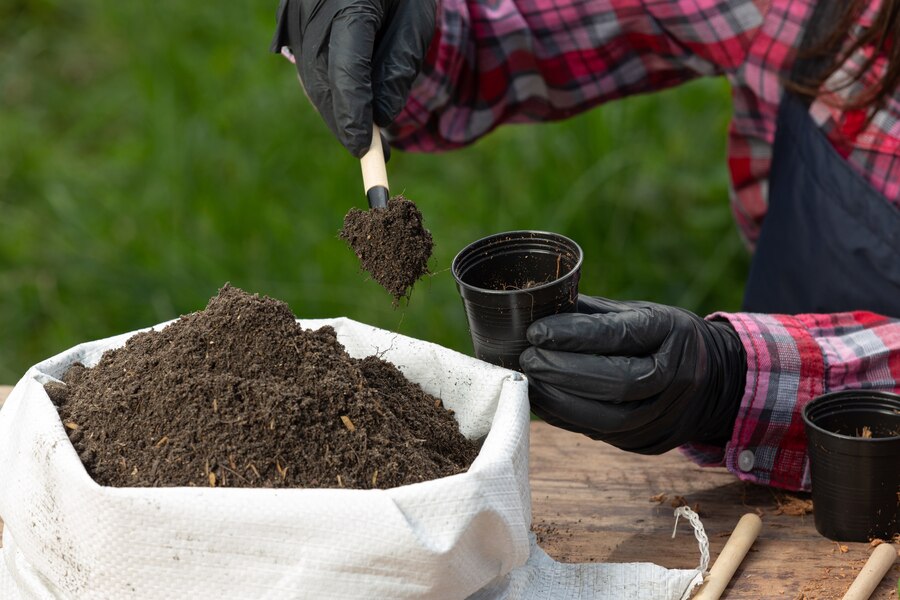
In This Article
- Why Organic Fertilisers Matter
- Types of Organic Fertilisers
- Understanding N-P-K Ratios
- How to Choose the Right Fertiliser
- Common Mistakes to Avoid
- Actionable Advice to Get Started with Organic Fertilisers
Why Organic Fertilisers Matter
Organic fertilisers are derived from natural sources from natural sources like plants, animal waste, and minerals. What makes them special is that they work with nature instead of against it. Let’s break it down:
They’re Better for the Planet
Synthetic fertilisers often contribute to pollution, especially when chemicals wash into rivers and streams. Organic fertilisers, on the other hand, are much kinder to the environment. They don’t cause harmful runoff and actually support the tiny ecosystems in your soil. Healthy soil full of microbes, worms, and fungi means healthier plants and a more balanced planet.
Your Veggies Will Thank You
There’s science to back this up—vegetables grown with organic fertilisers tend to be richer in nutrients. We’re talking about more vitamins and minerals in every bite. When you’re putting in all that effort to grow your own food, why not make sure it’s as nutrient-packed as possible?
Healthier Soil, Year After Year
Think of your soil like a savings account. Organic fertilisers add organic matter, which improves soil structure over time. That means your soil holds water better, drains well, and stays loose enough for roots to grow. You’re not just feeding your plants for this season—you’re building a strong foundation for the future.
Switching to organic fertilisers is more than a gardening choice. It’s a step toward growing food that’s better for you, your family, and the earth. Whether it’s compost from your kitchen scraps or a bag of seaweed extract from the garden centre, every bit helps. You’ll notice the difference, and so will your vegetables.
Types of Organic Fertilisers
1. Compost
Overview
Compost is decomposed organic matter—a mix of kitchen scraps, garden waste, and other biodegradable materials. It’s often called “black gold” because of the incredible benefits it offers to gardeners. Not only does compost feed your plants, but it also improves soil structure, helping your garden retain moisture and resist erosion.
Nutrients
Compost is packed with nutrients: nitrogen (N), phosphorus (P), and potassium (K), along with trace elements like magnesium, calcium, and iron. These nutrients are released slowly over time, giving plants a steady supply as they grow.
Application Tips
- Mix it in: Add compost to your soil before planting to create a nutrient-rich environment.
- Use it as mulch: Spread a layer of compost around established plants to keep the soil moist and suppress weeds.
Real-Life Insight
In my first year of vegetable gardening, I relied heavily on homemade compost. I started with a small compost bin in the backyard, tossing in fruit peels, coffee grounds, and yard clippings. After a few months, I had rich, dark compost that I worked into the soil before planting tomatoes and cucumbers. The results were amazing: vibrant, healthy plants with bountiful yields. The process of making compost was surprisingly satisfying, too—turning waste into something so valuable felt like magic.
2. Manure
Overview
Manure, or animal waste, has been used as a natural fertiliser for centuries. Common sources include cows, chickens, and horses. To make it safe and effective for your garden, manure is often composted to kill off harmful pathogens and reduce its strong smell.
Nutrients
Manure is especially rich in nitrogen, which is crucial for leafy growth. It also adds organic matter to the soil, improving its structure and water-holding capacity.
Application Tips
- Compost first: Always compost fresh manure before using it. Fresh manure can contain too much nitrogen, which can “burn” plants, and it might harbour pathogens.
- Prepare in advance: Apply composted manure a few weeks before planting to allow the nutrients to integrate into the soil.
Research Highlight
A 2022 study found that using composted chicken manure significantly increased the yield of leafy greens like spinach and lettuce compared to synthetic fertilisers. This highlights manure’s ability to promote robust growth naturally.
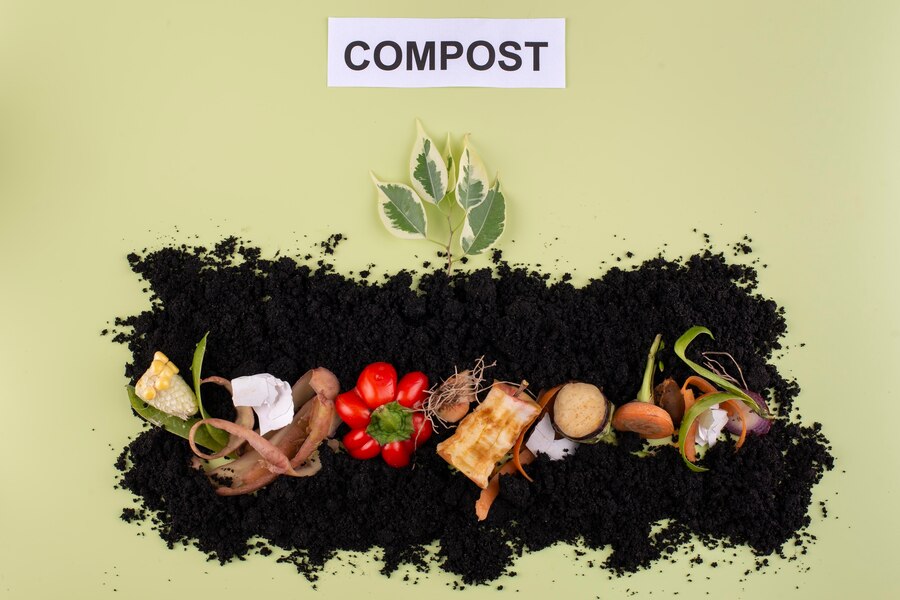
3. Bone Meal
Overview
Bone meal is a fine powder made from ground animal bones. It’s a great source of phosphorus, which is essential for root development and flowering. Gardeners often use bone meal when planting root crops or to boost flower production in fruiting vegetables.
Nutrients
Bone meal is high in phosphorus and calcium, making it ideal for plants that need strong roots and healthy cell structures.
Application Tips
- Focus on roots: Apply bone meal directly into planting holes for root vegetables like carrots, beets, and potatoes.
- Use sparingly: Avoid over-application, as too much phosphorus can disrupt the soil’s nutrient balance.
Expert Quote
“Bone meal is invaluable for root development. Just be cautious not to overuse it, as excess phosphorus can harm soil health.” – Dr. Emily Wright, Soil Scientist.
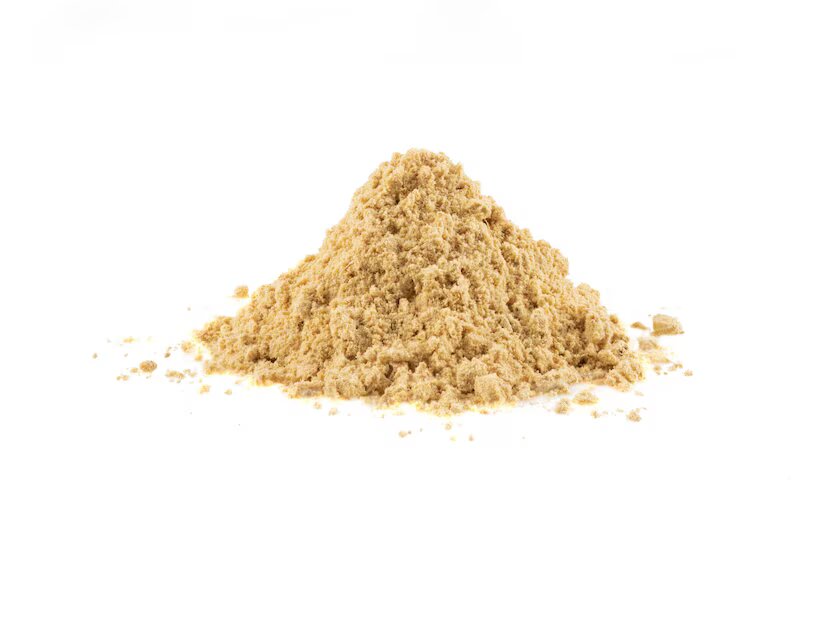
4. Fish Emulsion
Overview
Fish emulsion is a liquid fertiliser made from fish waste. While it might have a strong smell, its benefits far outweigh this minor inconvenience. Fish emulsion is fast-acting, providing nutrients directly to your plants.
Nutrients
This fertiliser offers a balanced N-P-K ratio along with micronutrients like magnesium and sulfur. Its quick absorption makes it ideal for giving struggling plants a boost.
Application Tips
- Dilute it: Always dilute fish emulsion according to the instructions to avoid overwhelming your plants.
- Foliar spray or soil drench: Apply it directly to the soil or as a foliar spray to deliver nutrients quickly.
Personal Experience
Last summer, my kale looked pale and stunted, a clear sign of nutrient deficiency. I began using fish emulsion every two weeks, applying it as a foliar spray in the early morning. Within weeks, my kale bounced back with deep green, robust leaves. It was a simple solution that made a big difference in my garden.
5. Seaweed Extract
Overview
Seaweed extract, derived from marine algae, is an excellent source of potassium and trace minerals. It’s often sold in liquid or powdered form and works wonders for both soil and plant health.
Nutrients
Seaweed extract is rich in potassium, which helps plants develop strong stems and resist diseases. It also contains trace elements like iodine, magnesium, and zinc, which are vital for plant health.
Application Tips
- Perfect for leafy greens: Use seaweed extract to encourage lush growth in greens like spinach, lettuce, and chard.
- Foliar spray: Apply as a spray to leaves for quick nutrient absorption, especially during critical growth phases.
Case Study
A trial by the University of Maine showed that using seaweed extract increased tomato yields by 15% compared to untreated plants. This demonstrates its effectiveness in boosting plant productivity while remaining gentle on the environment.
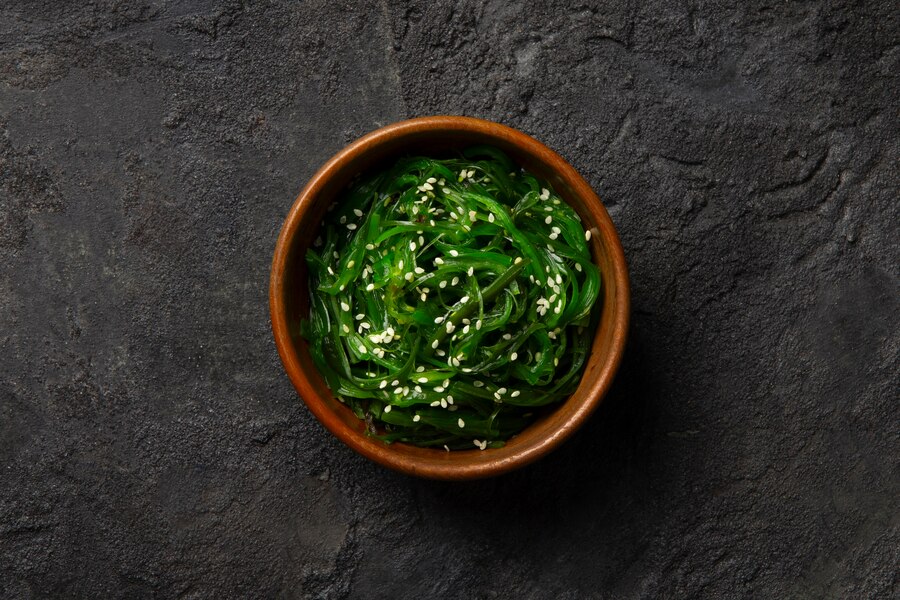
Learn More: Eco-Friendly Initiatives in Small-Scale Urban Farming
Understanding N-P-K Ratios
Let’s break this down simply. When you look at a bag of organic fertiliser, you’ll often see three numbers, like 5-10-5. This is the N-P-K ratio, standing for Nitrogen (N), Phosphorus (P), and Potassium (K). These are the key nutrients that plants need to thrive, and each one plays a specific role in helping your vegetables grow strong and healthy.
- Nitrogen (N) is like the energy drink for plants. It fuels leafy growth, making your greens lush and vibrant. If your plants have yellowing leaves, that’s their way of telling you they’re hungry for nitrogen.
- Phosphorus (P) is all about the roots and flowers. It supports strong roots and helps flowers bloom. If your plants’ roots are struggling or they’re not flowering well, they might need more phosphorus.
- Potassium (K) is the plant’s immune booster. It builds strong stems and helps plants resist diseases. Weak, floppy stems or brown leaf edges could mean a potassium deficiency.
Here’s a handy table to sum it up:
| Nutrient | Role | Symptoms of Deficiency |
|---|---|---|
| Nitrogen | Promotes leafy growth | Yellowing leaves |
| Phosphorus | Encourages root and flower development | Poor root growth |
| Potassium | Enhances disease resistance | Weak stems, brown edges |
Understanding these ratios helps you choose the right fertiliser for your garden’s specific needs. Think of it as giving your plants a balanced diet for their best health!
How to Choose the Right Fertiliser
1. Test Your Soil
Before you even think about fertilisers, start with a soil test. It’s like a health check-up for your garden. A test will tell you what nutrients your soil is missing and its pH level—both of which are crucial for healthy plant growth. You can easily find soil testing kits online or check with your local agricultural extension office. Trust me, it’s worth the small effort! When I tested my soil for the first time, I was shocked to learn it was too acidic and low in phosphorus. Adjusting those issues made a world of difference.
2. Match Fertiliser to Plant Needs
Once you know what your soil needs, it’s time to pair your fertilisers with your plants. Different vegetables have different appetites:
- Leafy Greens (Spinach, Lettuce): These love nitrogen, which helps with lush, green growth. Fish emulsion or well-aged manure is perfect.
- Root Vegetables (Carrots, Beets): They focus underground, so they need phosphorus to develop strong roots. Bone meal works wonders here.
- Fruit-Bearing Plants (Tomatoes, Peppers): These guys need a balanced diet, but they really thrive with extra potassium. Seaweed extract is a great choice.
3. Consider Growth Stage
Plants’ nutrient needs change as they grow. During the early vegetative stage, they’re hungry for nitrogen to fuel leafy growth. But when it’s time to flower and fruit, switch to fertilisers rich in phosphorus and potassium. It’s a small tweak that makes a big impact.
Start small, observe how your plants respond, and you’ll soon be a fertiliser pro!
Common Mistakes to Avoid
Over-Fertilizing
It’s tempting to think, “If a little fertiliser is good, more must be better.” But too much of a good thing can burn your plants. Over-fertilising not only damages your vegetables but also harms the beneficial microbes in your soil. These tiny organisms are essential for breaking down organic matter and delivering nutrients to your plants. To avoid this, always follow recommended application rates and err on the side of caution.
Using Fresh Manure
Fresh manure might seem like an easy way to enrich your soil, but it’s loaded with pathogens and can smell pretty unpleasant. More importantly, it’s so high in nitrogen that it can scorch your plants. Composting manure before use is a must. This process breaks down harmful bacteria and mellows out the nutrient levels, making it safer for your garden.
Ignoring Soil Microbes
Soil isn’t just dirt—it’s a bustling ecosystem. Overusing a single type of fertiliser can throw off this delicate balance, reducing your soil’s health over time. Mix things up and feed your soil with a variety of organic materials to keep those microbes happy and thriving.
A little mindfulness goes a long way in gardening. By steering clear of these mistakes, you’ll set the stage for a thriving, sustainable vegetable patch.
A Personal Success Story
Let me share a story from my own gardening journey—one that taught me the true power of organic fertilisers. It was my third year tending to my backyard vegetable garden, and things weren’t going well. My plants looked weak, growth was stunted, and the harvest was pitiful. Honestly, I felt defeated.
Then I decided to dig deeper, literally and figuratively. A soil test revealed my garden had a phosphorus deficiency—a key nutrient for root development and fruiting. Armed with this knowledge, I made a simple but effective change. I added bone meal to the soil, which is rich in phosphorus, and started using fish emulsion as a liquid feed.
Within weeks, the transformation was remarkable. My zucchini plants exploded with new growth, my tomatoes turned into plump, juicy jewels, and my bell peppers thrived like never before. The garden didn’t just recover; it flourished.
That season wasn’t just about saving my plants. It deepened my appreciation for the role of healthy soil and sustainable gardening practices. Organic fertilisers turned what felt like a lost cause into my best harvest yet, and I’ve never looked back since.
Learn More: Is Wood Ash Good for Plants? An Expert Guide
Actionable Advice to Get Started with Organic Fertilisers
Getting started with organic fertilisers doesn’t have to be complicated. With a few practical steps, you can build a healthy garden while keeping it natural and sustainable. Here’s how you can dive in and make the most of your efforts:
Start a Compost Pile
Think of compost as nature’s way of recycling. Save your kitchen scraps — like fruit peels, vegetable trimmings, and coffee grounds — and mix them with yard waste like leaves or grass clippings. Over time, these materials break down into rich, dark compost that your plants will love. You don’t need fancy equipment; even a simple corner in your backyard works. Just keep it moist and turn it occasionally to speed up the process. Bonus: it reduces waste while feeding your soil!
Experiment with Fertilisers
Not all soils or plants are the same, and part of the fun is finding out what works best for your garden. Start small with a couple of options like fish emulsion, bone meal, or seaweed extract. Use them on different plants and observe the results. For example, leafy greens often thrive with nitrogen-rich options like fish emulsion, while root vegetables benefit from phosphorus-rich bone meal. Testing different types helps you zero in on what’s best for your garden.
Document Your Progress
A simple gardening journal can make all the difference. Jot down what you used, when you applied it, and how your plants responded. Over time, patterns will emerge, and you’ll get better at predicting your garden’s needs. Plus, it’s a great way to reflect on your growth as a gardener.
Stay Informed
Gardening is a lifelong learning experience. Read trusted articles, follow gardening blogs, or join local gardening communities. Other gardeners’ experiences can inspire and inform your own. And don’t forget to celebrate your wins, no matter how small — every thriving plant is a victory!
By taking these steps, you’ll not only improve your garden but also grow as a confident, informed gardener. Happy planting!

